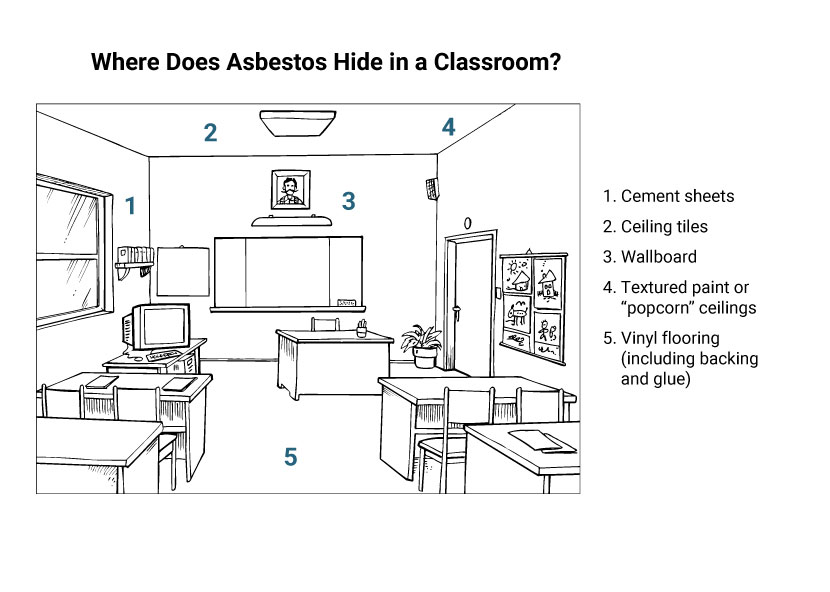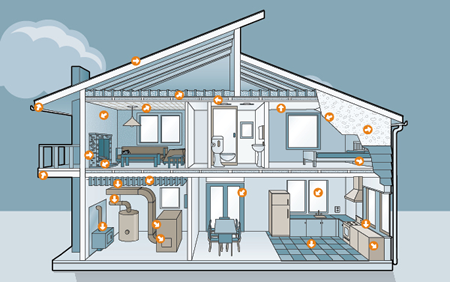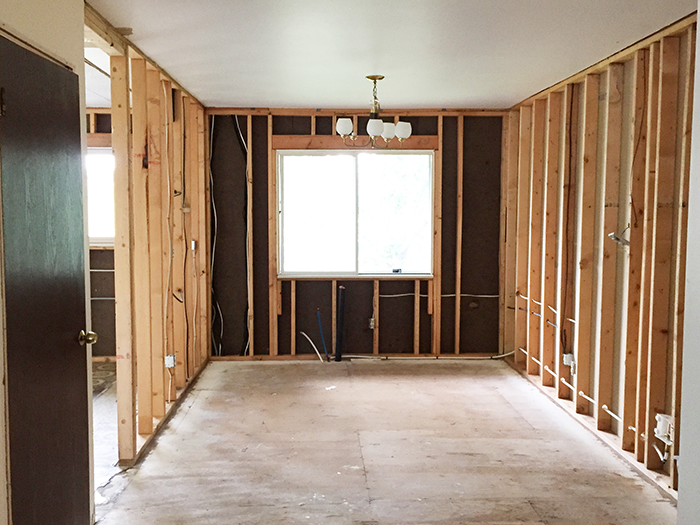Rumored Buzz on Asbestos Removal Experts
Table of ContentsAsbestos Removal Experts Things To Know Before You BuyLittle Known Facts About Asbestos Removal Experts.An Unbiased View of Asbestos Removal ExpertsThe 7-Second Trick For Asbestos Removal ExpertsNot known Facts About Asbestos Removal Experts
Source: Building Safety Association of Ontario When a Type 1 operation involves the elimination of less than one square metre of drywall in which ACM joint-filling substance has actually been utilized, the product should be moistened and kept damp during the work, unless wetting would produce a risk or trigger damage.
In Type 2 operations involving the elimination of all or part of a false ceiling where ACM is most likely to be on the surface of the ceiling and the removal or disruption of one square metre or less of friable ACM, the mechanical ventilation system serving the work area must be handicapped and all openings or voids, including ventilation ducts, must be sealed (Asbestos removal Experts).
The Main Principles Of Asbestos Removal Experts
Where appropriate, the spread of dust should be managed by procedures suitable to the work, consisting of making use of drop sheets or other appropriate product made from material that is invulnerable to asbestos In the case of Type 2 operations involving work above an incorrect ceiling or work including the removal or disruption of one square metre or less of friable ACM, the work area should also be surrounded by an enclosure made of polyethylene or other appropriate material impervious to asbestos, where practicable.
Glove bags serve to control asbestos dust and waste at the source by including the wetted ACM throughout the removal and by consisting of the waste. Surfaces below a glove bag operation should also be covered with a drop sheet. Source: Construction Safety Association of Ontario The Policy needs that, before ACM is removed indoors, the work area should be confined and a decontamination facility set up, as described previously.
The friable ACM must be thoroughly wetted and kept damp throughout the elimination, unless this would produce a risk or cause damage. Dust and waste must also be kept wet if practicable. The Regulation requires that a proficient employee inspect the workspace at the start of each shift, at the end of each shift, unless the next shift starts right away, and a minimum of once on days when there are no shifts - Asbestos removal Experts.
The Definitive Guide for Asbestos Removal Experts
In some Type 3 operations, unless the building will be demolished and will only be gotten in by asbestos abatement and demolition employees, the spread of dust from the work area must be prevented by preserving an unfavorable air pressure of 0. 02 inches of water relative to the area outside the workspace.
The pressure difference must be measured regularly and at regular intervals and the ventilation system utilized to preserve the negative atmospheric pressure should be examined and kept by a competent employee before each usage. Replacement air taken from try this website outside the enclosed area must not be polluted with any harmful dust, vapour, smoke fume, mist or gas.
If, during the course of the evaluation, the filter is discovered to be damaged or defective, it must be changed before the ventilation system is utilized. The ventilation system that is used to maintain the enclosed area at unfavorable pressure need to be checked and maintained routinely by a "proficient employee" before each usage. In outside Type 3 operations described in paragraphs 1, 2, 3, and 4 of subsection 12( 4) of the Policy, any ACM that is to be eliminated should be wetted, if practicable, and kept damp during the elimination. Dust and waste should look what i found not be permitted to fall from one level to another.
The Single Strategy To Use For Asbestos Removal Experts
Type 3 operations that are done on non-friable ACM using power tools that are not connected to a dust-collector equipped with a HEPA filter need to be carried out in enclosures, unless the work location is confined by walls. If the enclosure is made from non-transparent you could try here material, one or more transparent windows should be added to the enclosure so that the entire workspace can be seen from outside the enclosure.

Entryways and exits to the work area need to be fitted with plastic sheets on each side. If the work is done inside in a structure that will not be destroyed, the location inside the enclosure must be kept at an unfavorable air pressure of 0. 02 inches of water relative to the location outside the enclosure.
If the work is done outdoors or inside a structure that will be destroyed, and that will just be entered by asbestos reduction and demolition employees, the upkeep of unfavorable air pressure is not needed. The usage of barriers, fences, enclosures and glove bags assists to control asbestos exposure by separating employees from the source of asbestos dust and fibres. Asbestos removal Experts.
Indicators on Asbestos Removal Experts You Need To Know
